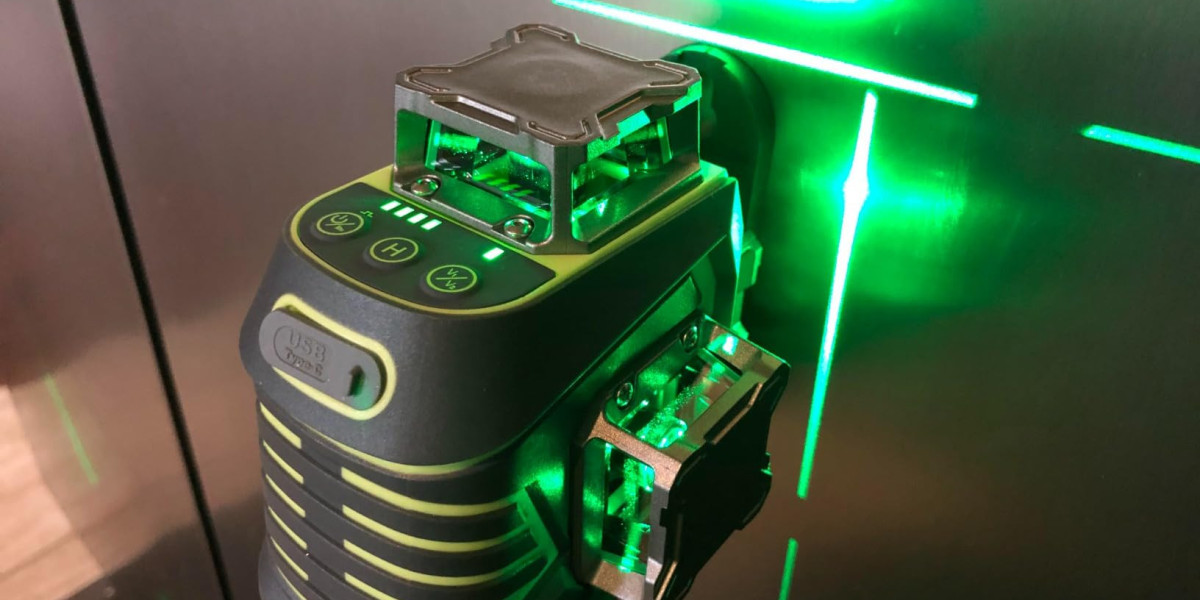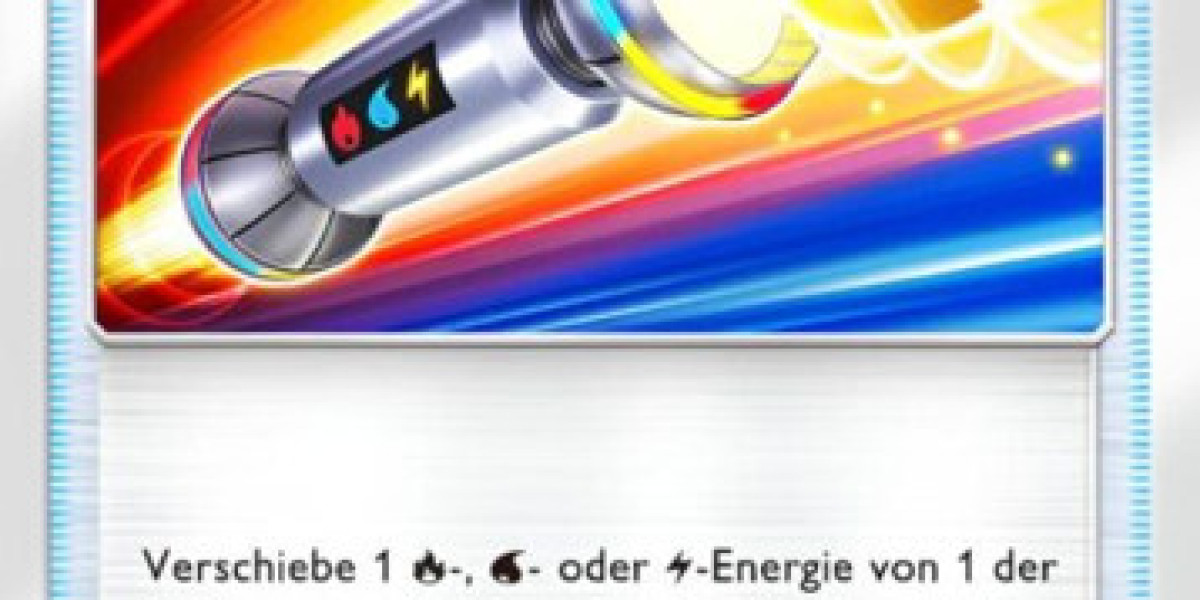Laser welding is a high-precision welding process that uses a focused laser beam to melt and join materials, typically metals or thermoplastics. This advanced technique is widely used in modern manufacturing due to its speed, accuracy, and ability to produce strong, clean welds with minimal distortion. Unlike traditional welding methods that rely on electrical arcs or flames, laser welding offers a non-contact solution that can be automated, making it ideal for high-volume production and delicate applications.
The laser welding process works by directing a concentrated beam of light at the materials being joined. The laser heats the material to its melting point, forming a small molten pool. As the laser moves along the joint, the pool solidifies, creating a strong and clean weld. The energy density of the laser allows for deep penetration in a very narrow zone, which results in minimal heat-affected areas and reduced risk of warping the components.
There are two main types of laser welding: conduction welding and keyhole welding. Conduction welding is used when only surface penetration is needed, producing a smooth and aesthetically pleasing weld. Keyhole welding, on the other hand, penetrates deeper and is used for joining thicker materials. The choice between the two depends on the material, thickness, and desired strength of the weld.
One of the major advantages of laser welding is its precision. It is capable of creating extremely narrow and clean seams, making it suitable for industries where appearance and accuracy are critical, such as electronics, medical devices, and aerospace. For example, in the automotive industry, laser welding is used to join thin metal panels in car bodies with strong, virtually invisible seams. In medical device manufacturing, it allows for the welding of small, sensitive components without damaging surrounding materials.
Another significant benefit is speed and automation. Laser welding can be integrated into robotic arms and automated production lines, enabling high-speed, continuous welding operations. This reduces labor costs and increases efficiency, especially in industries that require mass production.
Laser welding also minimizes the need for additional materials like filler rods, and the welds typically require little or no post-processing such as grinding or polishing. This makes the overall process more cost-effective and environmentally friendly by reducing material waste and energy consumption.
However, laser welding does have some limitations. It requires a high initial investment in equipment and may not be ideal for materials with high reflectivity (like aluminum) unless special precautions are taken. Moreover, proper safety measures must be in place, as laser beams can be hazardous to the eyes and skin.
In conclusion, laser welding is a powerful and efficient method for joining materials in modern manufacturing. Its precision, speed, and ability to produce strong, clean joints make it essential in industries like automotive, electronics, aerospace, and medical technology. As the demand for quality and efficiency grows, laser welding continues to be a leading solution for advanced manufacturing needs.












